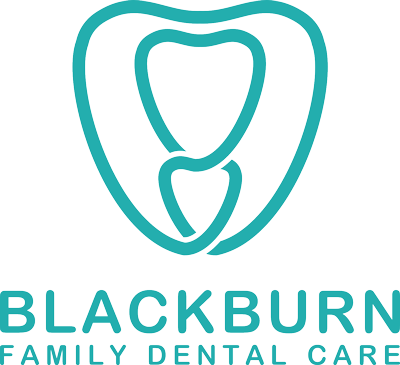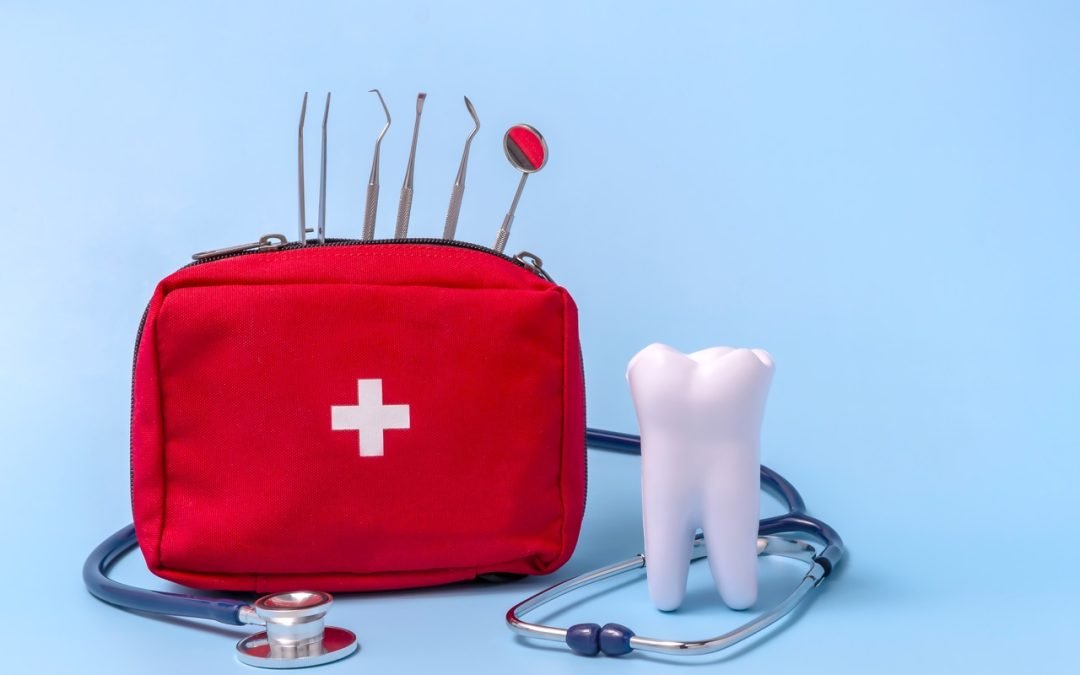Dental emergencies can happen at any time, and knowing the steps you can take in the event of a dental emergency can go a long way towards saving your tooth, reducing your discomfort, and preventing further damage from happening.
In this article, we’ll look at the steps you should take before calling emergency dental services to prepare yourself better if you or a loved one has a dental emergency.
What Is A Dental Emergency?
A dental emergency is any condition that needs immediate attention from a dentist to relieve severe pain, stop bleeding, save a tooth, or avoid serious dental complications. Some examples of dental emergencies are:
- Cracked or broken teeth
- Loose or knocked-out teeth
- Tooth, teeth, or jaw pain
- Bleeding or aching gums
- Soft tissue injuries (cuts, lacerations)
The severity of dental emergencies varies, but most can be treated at the dental clinic. Time is often of the essence in many cases, and the sooner you receive treatment, the better. If further complications (such as severe injury or difficulty breathing) are more pressing, visit a hospital emergency room as soon as possible.
What Is Not Considered A Dental Emergency?
A toothache or a slightly chipped tooth is not always a dental emergency. These are known as non-emergency dental issues, and while you should still see a dentist as soon as possible, waiting for an appointment during regular hours is perfectly acceptable. Non-emergency issues include the following:
- Mild to moderate toothaches or discomfort
- Cavities or decay that has not led to severe pain or infection
- Minor chips or cracks that do not affect the tooth’s function
- Mild to moderate gum disease or inflammation
- Discolouration or staining
While these issues don’t require immediate emergency treatment, addressing them as soon as possible is still essential to prevent them from worsening and causing more severe problems later.
Remember, if you experience severe bleeding or pain, it’s best to contact emergency dental services immediately.
Steps To Take Before Calling Emergency Dental Services
- Assess The Situation
The first step in dealing with a dental emergency is to evaluate the situation. Is there a broken, chipped, or missing tooth involved? Or does there happen to be severe tooth pain, bleeding or swelling?
If you are still trying to decide whether your situation is an emergency, contact your dentist or an emergency dentist for advice and further direction.
- Rinse With Water
If possible, rinse your mouth with warm water or warm salt water. This can help wash away the blood in your mouth, allowing you to assess the damage better and treat any injuries. When rinsing, keep an eye out for any tooth fragments or teeth that fall out.
- Stop The Bleeding
If there is any bleeding, it is vital to staunch the flow as quickly as possible. Apply pressure to the affected area with a clean cloth or gauze pad. If the bleeding doesn’t stop within 15 minutes, it’s time to seek emergency dental care. If the bleeding is severe enough to be life-threatening, it is best to go to the emergency room (ER) instead rather than the emergency dentist.
- Reduce swelling
Applying a cold compress (ice packs or a towel wrapped in ice) to the affected area can help to reduce swelling. Apply the cold compress for 20 minutes at a time, taking 20-minute breaks between applications. This will help reduce pain and swelling while reducing the chance of further damage.
- Preserving Broken Teeth And Fragments
If a tooth is knocked out, you must handle it carefully to save it. Pick up the tooth by the crown (the visible part) and avoid touching the root. Rinse the tooth with water without scrubbing it or removing any tissue fragments.
Try to reinsert it into the socket and hold it in place with a clean cloth or gauze. If not, place the tooth/teeth fragments in a glass of milk to preserve them. In the case of a lost filling or crown, locate the restoration and bring it to your dental appointment.
Note: For children, do not attempt to reinsert the tooth. Instead, store it in a glass of milk and bring it during the appointment.
- Contact Your Emergency Dentist
Once you have assessed the situation and taken the necessary steps, it’s time to call your emergency dentist. Explain the problem and provide as much detail as possible. Your dentist will give you further instructions on what to do next and, if necessary, will arrange for you to come for emergency dental care.
Emergency Dental Care At Blackburn Family Dental
Whether you have a broken or missing tooth, an infection, or are simply experiencing severe tooth and gum pain, seeking immediate dental treatment will help to improve your chances of success.
At Blackburn Family Dental, we provide a comprehensive emergency family dental care service for you and your family. In most cases, we will accommodate your emergency and can see you on the same day. Get in touch with us today to learn more.

